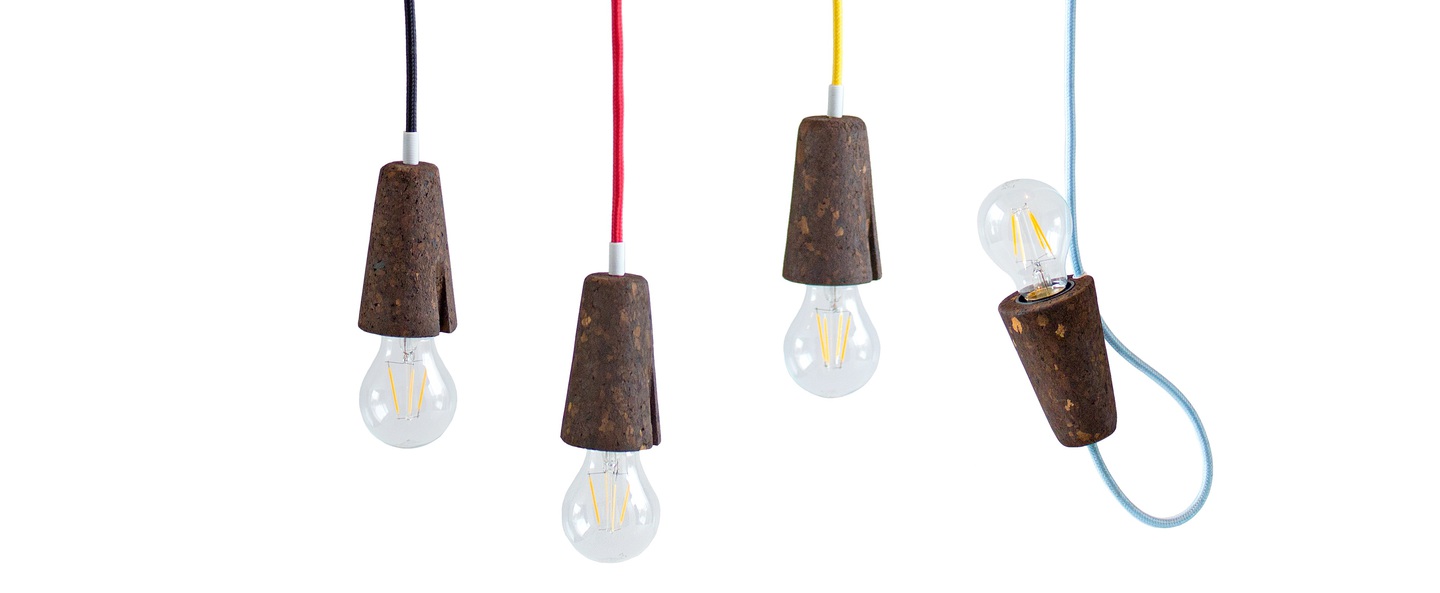Pendant light, Sininho, dark cork, yellow, H10cm - GALULA
The Sininho pendant light, cork dark and yellow cord, was designed by two young Portuguese designers, Filipa Mendes and Gustavo Macedo, for the Galula house.
Simple and elegant, this cork pendant light brightens any interior with sobriety. Particularly functional, the bulb can be turned up or down. With its refined design, Sininho perfectly illuminate a room, dining room, kitchen or living room. Alone or in cluster, positioned the light as desired.
Choose the color of your cable! Red colors, yellow, blue or black, there's something for everyone. A clearer model is also available.
Entirely manufactured in Portugal, Sininho is equipped with filament LED technology of Phillips (15 000 h). Cable of 1m80 long.
- Base :
- e27
- Bulb type :
- led
- Canopy dimensions :
- 12cm
- Color :
- yellow
- Condition :
- new
- Country of origin :
- Spain
- Created for :
- indoor
- Creation year :
- 2011
- Energy label :
- a++ > a
- IP :
- 20
- Material :
- cork
- Max power :
- < 40 w
- Model :
- sininho
- Number of bulbs :
- 1
- Power cable length :
- 1m80
- Product code :
- galula_g_snh_dyel_b
- Source included :
- Yes
- Dimensions :
- L 6.5cm x H 10.0cm x P 6.5cm
- Diameter Ø :
- 6.5cm
- standard delivery, under 48h (for product in stock): 6,90 €
- delivery in a pick-up store, under 48h (for product in stock): 4,90 €
- express delivery, the next day (for product in stock): 12,90 €
- Delivery by courier during the day within 4 hours (for any order placed before 1 p.m.):
A product can be returned within 14 calendar days, starting on the day following the day on which the goods were received. To return a product, one needs to follow the process described in our FAQ. The costs incurred in returning the product are at the expense of the customer.
-
100% secure payment
3X no charge starting from 300€ -
Shipping starting from 6,90€
-
14-day return
-
At your service
+33 1 40 37 09 05

The Galula studio was founded by two Portuguese designers, Macedo and Mendes in 2011. They teamed up to give new impetus to functional objects. They wanted to prove that functio...
Learn more +






















